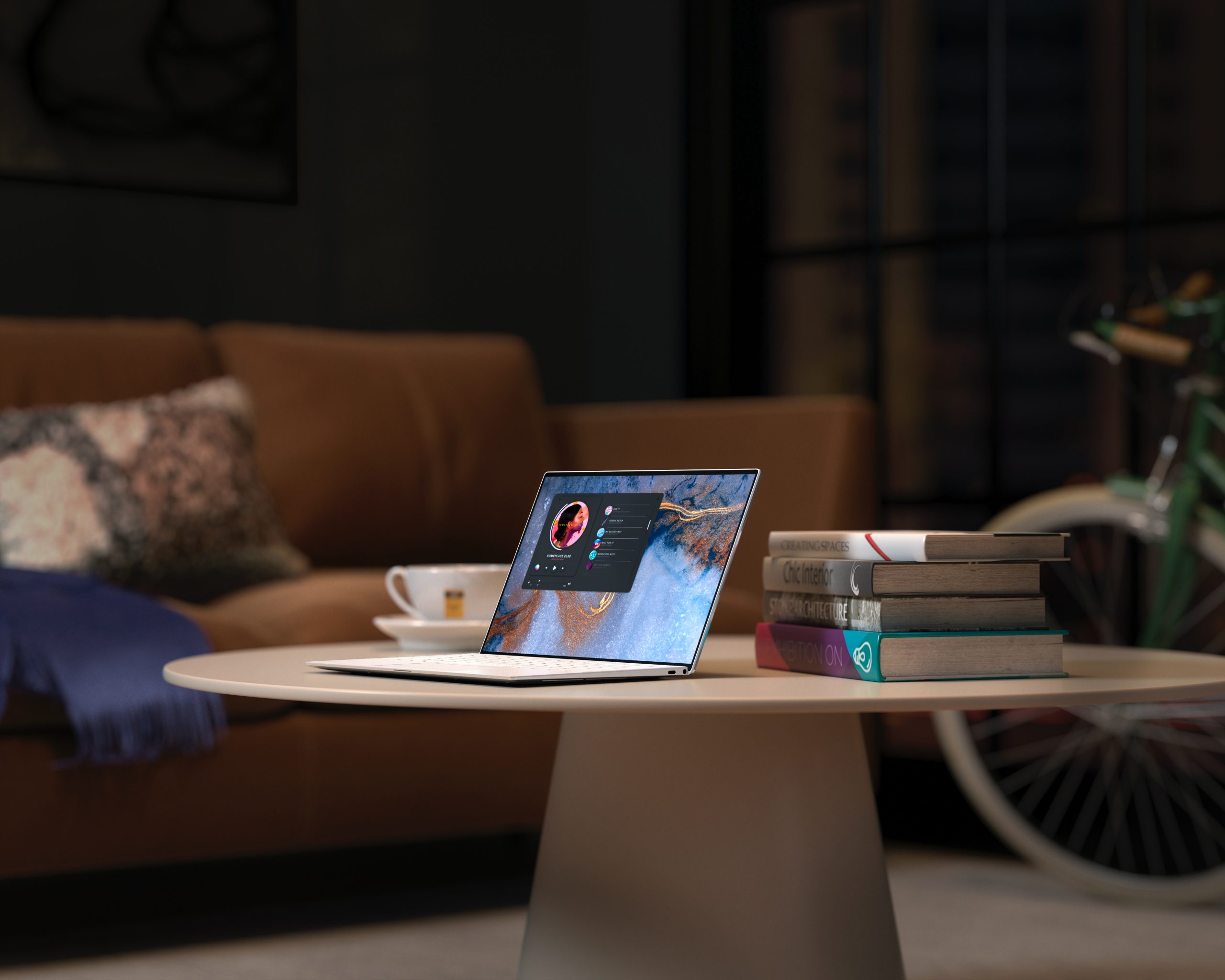[ad_1]
Contributor: Andrew Mawson, founder – Advanced Workplace Associates |
Andrew Mawson, founder – Advanced Workplace Associates

Organisations could be caught up in a matrix of pain if they do not carefully manage the new realities of hybrid working, Advanced Workplace Associates (AWA) is warning. The management consultancy has identified at least five different classes of workers and failure to create strategies to manage them could lead to a potential loss of momentum and productivity for employers.
Employers around the world are grappling with the challenges of months of home working or employees being on furlough, and as some workplaces reopen, and then close again, and furloughed staff are either re-employed or made redundant, managers are struggling to understand the multiple needs of their workforces.
In a study published today, the AWA has identified five different classes of potentially unhappy worker:
- Those who didn’t want to return to the office but were forced to;
- Those who are working at home but not particularly happy about it;
- Those who are left behind while colleagues are being made redundant (and they are bearing their workload);
- Those who were furloughed and felt like they were second class citizens, urgently trying to catch up on what they missed;
- Those who were not furloughed and feel like their colleagues have a had a nice four-month holiday.
“Social cohesion and trust are vital ingredients to create a productive workforce yet in the coming weeks there is a cocktail of circumstances that will put both of those under pressure,” says Andrew Mawson, founder of AWA. “Leaders need to establish a new management framework to marry with the changes to workplaces or else they risk losing momentum as workers return. As we return to the office we must not return to an ‘us and them’ world. It is a time for re-invention, co-creation and leadership. Return to the past or move forward to a connected cohesive future, the choice is clear.”
A study published earlier this year by the Advanced Workplace Institute, co-ordinated by AWA, into 750 academic papers on virtual teams highlighted six key factors that determine the effectiveness and productivity of employees: social cohesion, trust, perceived supervisory support, information sharing, vision and goal clarity, and external communication.
By focusing on these factors, AWA argues that organisations will ensure that parity remains among employees and establish the foundations of exceptional employee experience in this new world of work.
[ad_2]
Source link





